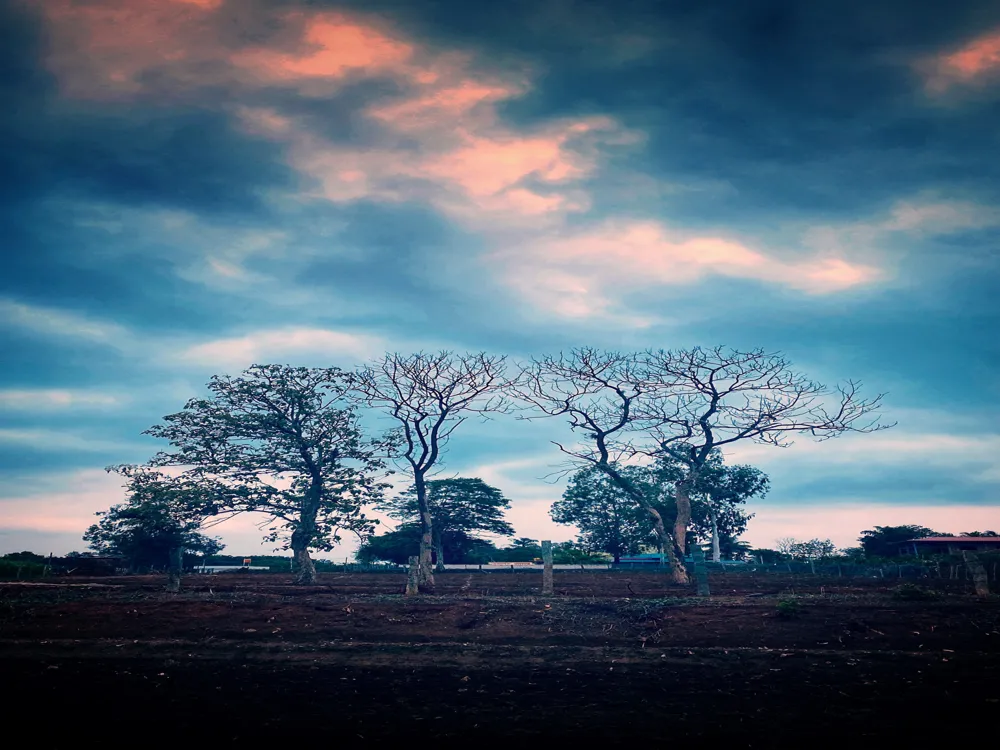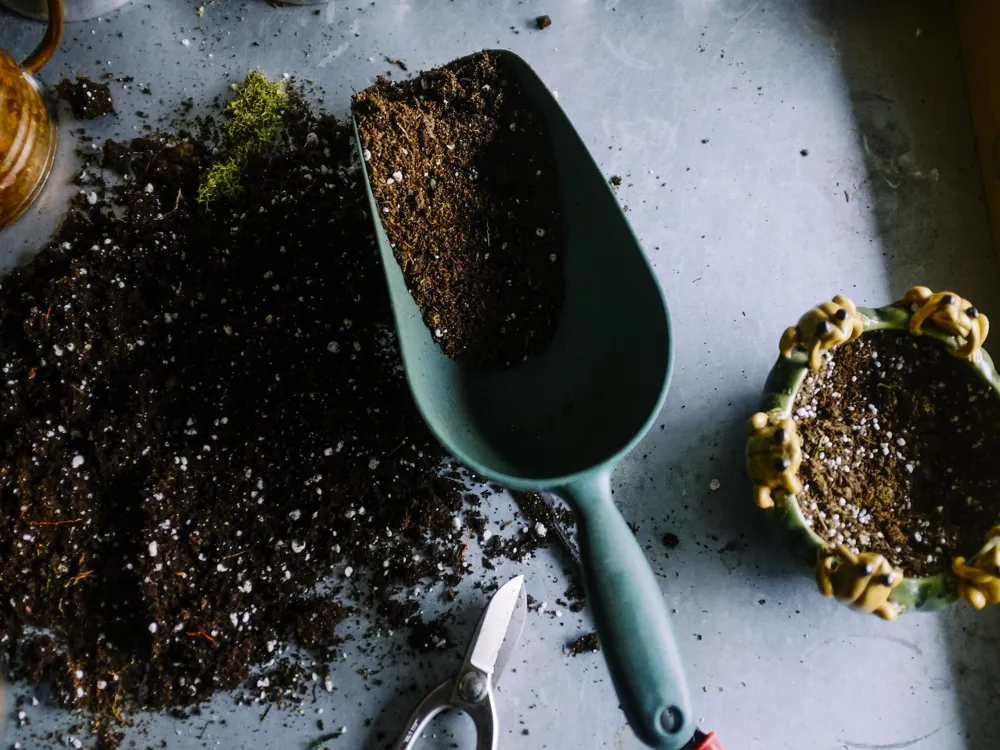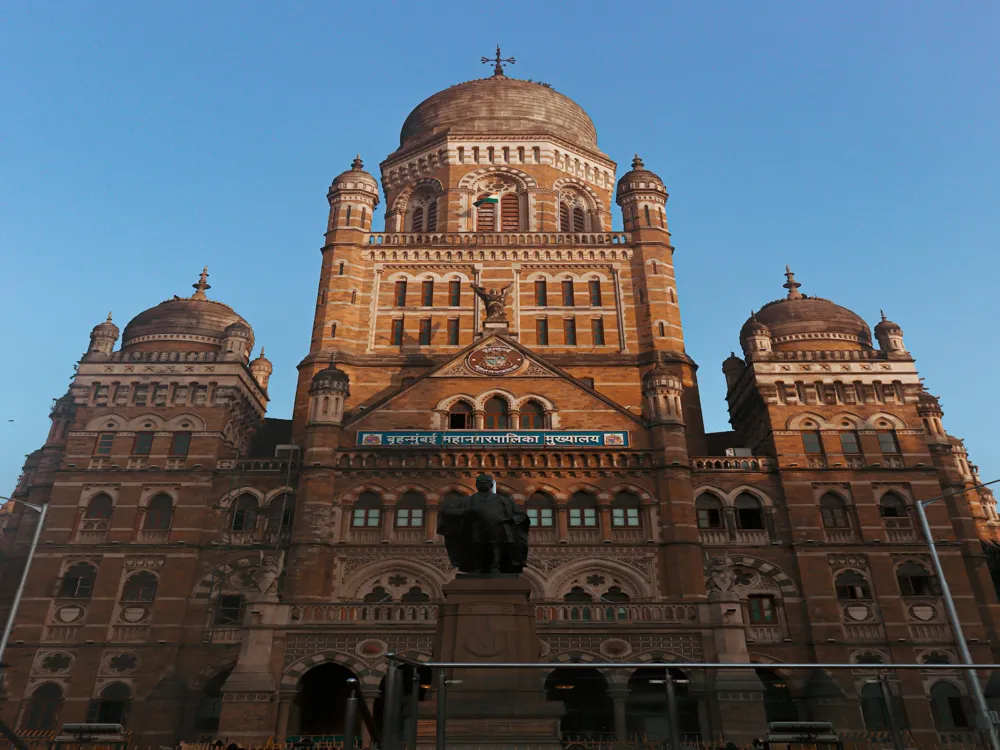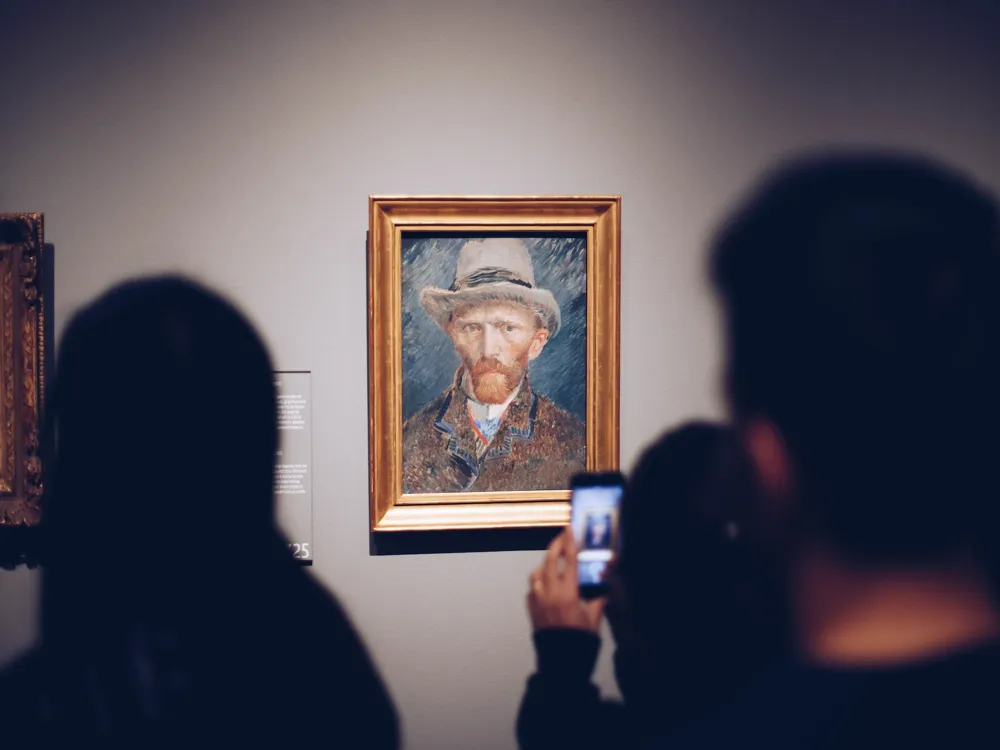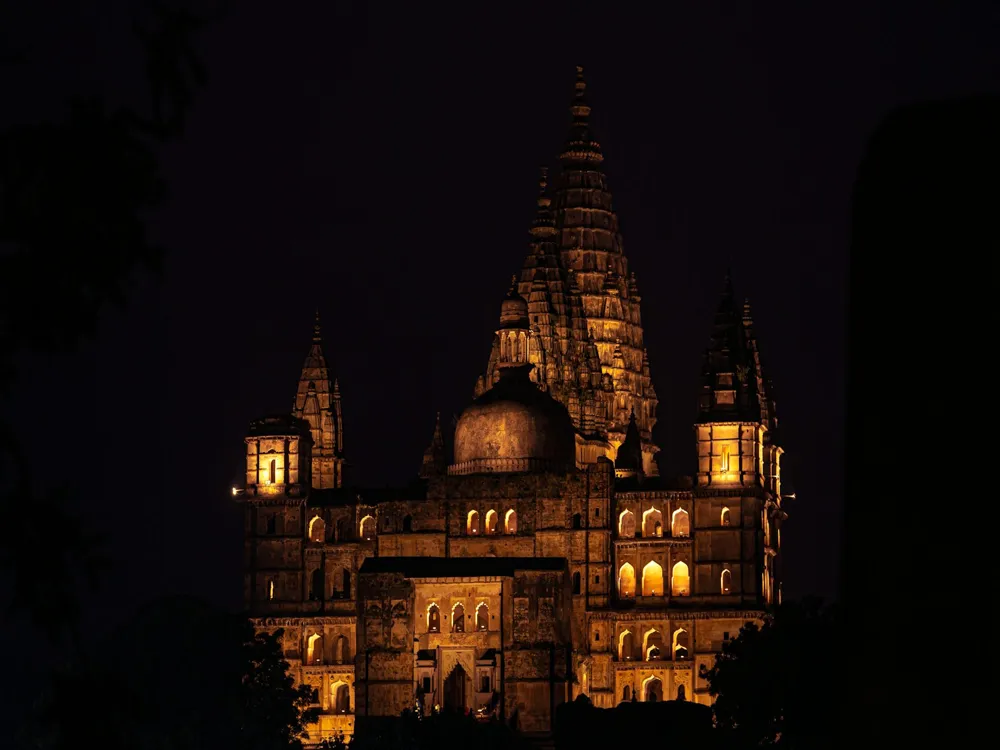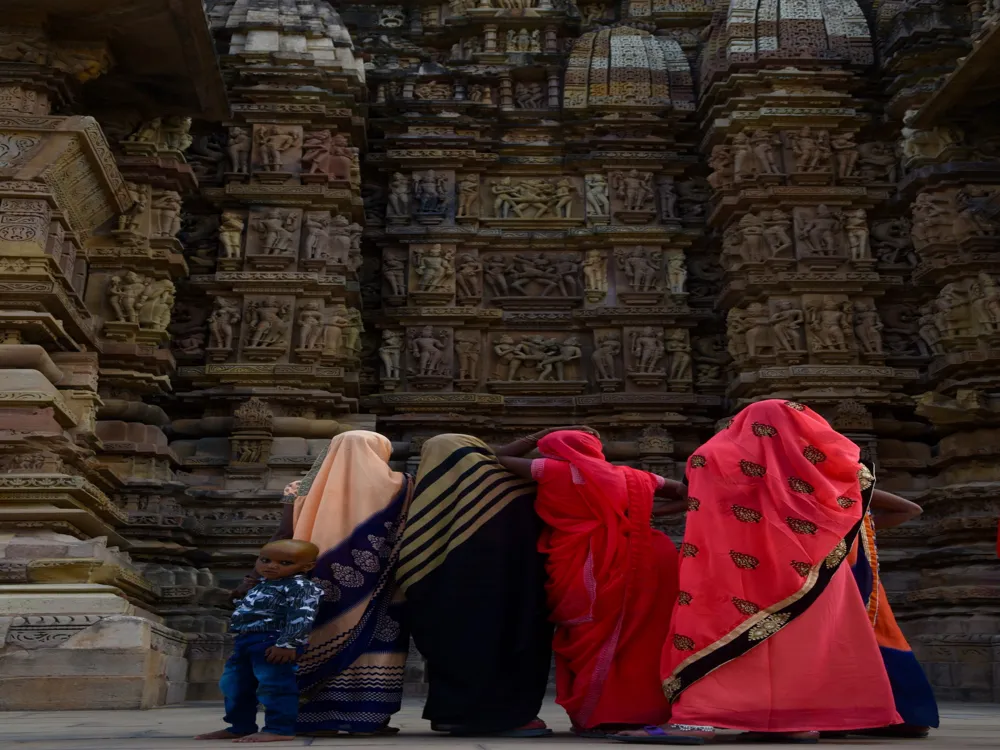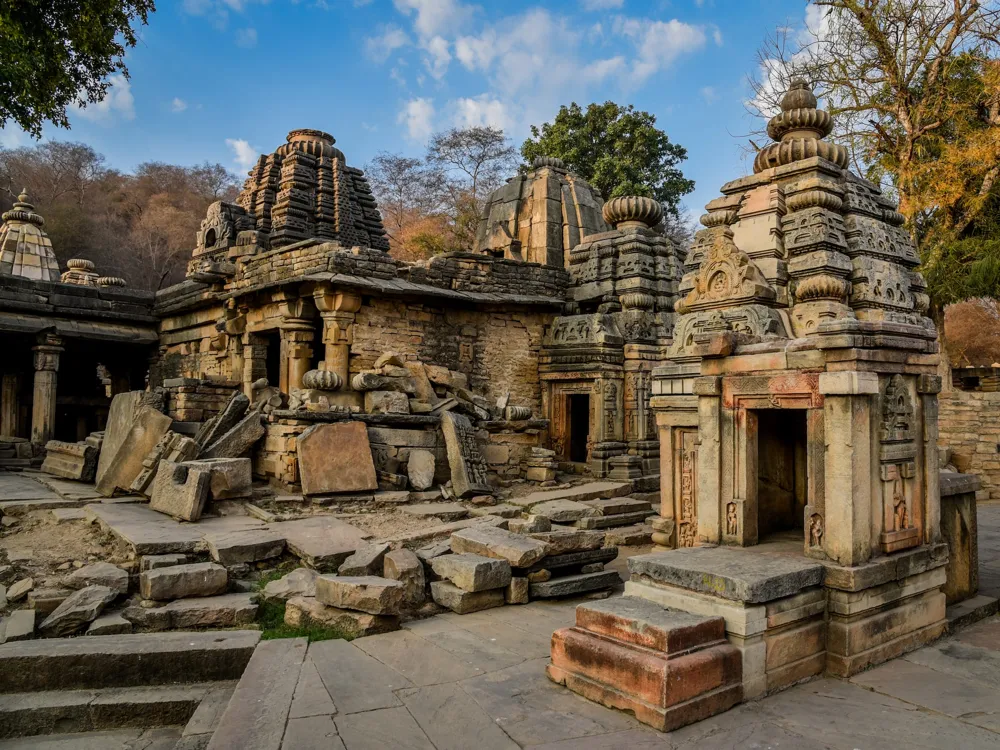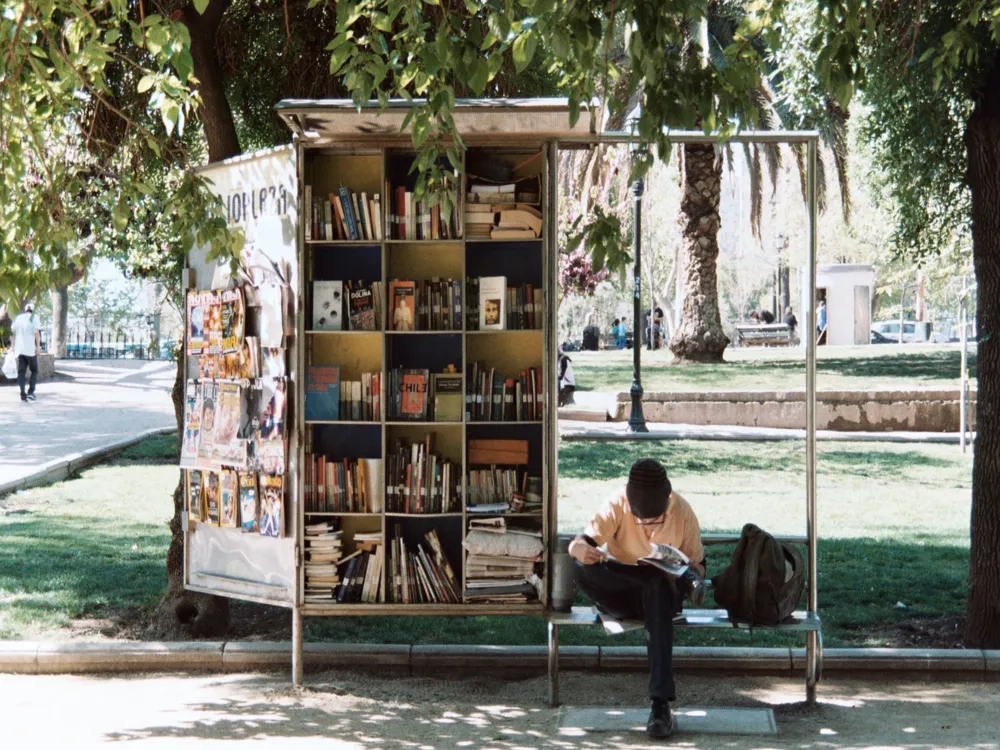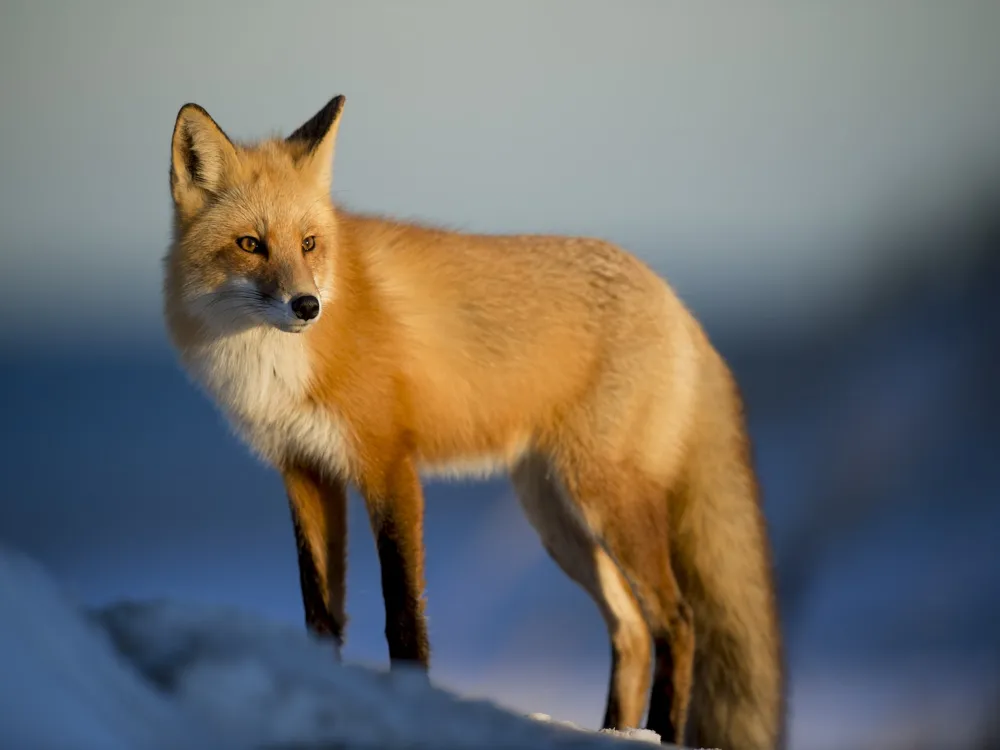Barua Sagar, a historic town in Uttar Pradesh, India, is steeped in rich cultural heritage and plays a significant role in the country's history. Located near Jhansi, the town is named after the Barua Sagar Tal, a large lake created nearly 260 years ago by Raja Udit Singh of Orchha. This picturesque town is not only a feast for the eyes but also a testament to the architectural prowess of its ancient builders. The town's history is intimately linked with the famous battle of Barua Sagar fought between the Marathas and the British during the 1800s, making it an important site for Indian history enthusiasts. The essence of Barua Sagar's charm lies in its ancient fort, perched atop a hill near the lake. The fort, a relic of Bundela Rajput architecture, offers panoramic views of the town and its surroundings, including the magnificent lake. Historians and architecture buffs will find the fort's intricate design and strategic location fascinating. The town is also dotted with several temples, each narrating its tale of religious and historical significance. The fusion of history, religion, and nature makes Barua Sagar a unique travel destination, offering insights into India's rich past and vibrant culture. The architecture of Barua Sagar is a splendid showcase of the skill and creativity of the Bundela rulers. The Barua Sagar Fort, the town's centerpiece, is an outstanding example of 18th-century Indian fort architecture. Constructed using local sandstone, the fort stands as a testament to the architectural genius of the era. Its robust bastions, intricately carved doorways, and strategic positioning reflect the military significance and aesthetic sensibilities of its builders. The fort's design incorporates elements of both defensive and residential architecture, symbolizing the dual role it played in the past. The temples in Barua Sagar further enrich the architectural landscape of the town. These religious structures, ranging from small shrines to larger complexes, exhibit a blend of local and pan-Indian styles. Intricate carvings, ornate pillars, and detailed sculptures adorn these temples, offering a glimpse into the religious artistry of the period. The use of local materials and adaptation to the region's topography in temple construction highlights the ingenuity of the craftsmen. The architectural heritage of Barua Sagar, therefore, is not just a collection of historical structures but a living narrative of the region's cultural evolution. The ideal time to visit Barua Sagar is from October to March. During these months, the weather is pleasant, making it perfect for exploring the fort and the surrounding areas. Barua Sagar offers a range of accommodation options, from budget-friendly guesthouses to more luxurious hotels. It's advisable to book in advance, especially during peak tourist seasons. Don't miss out on trying the local cuisine. The town is known for its delicious North Indian dishes, with a variety of vegetarian and non-vegetarian options available. Respect local customs and traditions, especially when visiting temples. Dress modestly and be mindful of cultural sensitivities. Consider hiring a local guide to gain deeper insights into the history and architecture of Barua Sagar. Guides can provide valuable context and anecdotes that enrich the experience. Barua Sagar is easily accessible by various means of transportation. The nearest major city is Jhansi, which is well-connected by road and rail. From Jhansi, Barua Sagar is just a short drive away. For those traveling by air, the closest airport is in Gwalior, from where one can take a train or a taxi to Jhansi and then proceed to Barua Sagar. Local buses and taxis are also available for direct travel to the town from nearby cities. Regardless of the mode of transportation, the journey to Barua Sagar is an experience in itself, offering scenic views of the Indian countryside. Read MoreOverview of Barua Sagar in Jhansi, Uttar Pradesh
Architecture of Barua Sagar
Tips When Visiting Barua Sagar
Best Time to Visit
Accommodation
Local Cuisine
Cultural Etiquette
Guided Tours
How To Reach Barua Sagar
Barua Sagar
Jhansi
Uttar Pradesh
NaN onwards
View jhansi Packages
Weather :
Tags : Town
Time Required : 2 - 3 hours
Planning a Trip? Ask Your Question
Jhansi Travel Packages
View All Packages For Jhansi
Top Hotel Collections for Jhansi

Private Pool

Luxury Hotels

5-Star Hotels

Pet Friendly
Top Hotels Near Jhansi
Other Top Ranking Places In Jhansi
View All Places To Visit In jhansi
View jhansi Packages
Weather :
Tags : Town
Time Required : 2 - 3 hours
Planning a Trip? Ask Your Question
Jhansi Travel Packages
View All Packages For Jhansi
Top Hotel Collections for Jhansi

Private Pool

Luxury Hotels

5-Star Hotels

Pet Friendly







